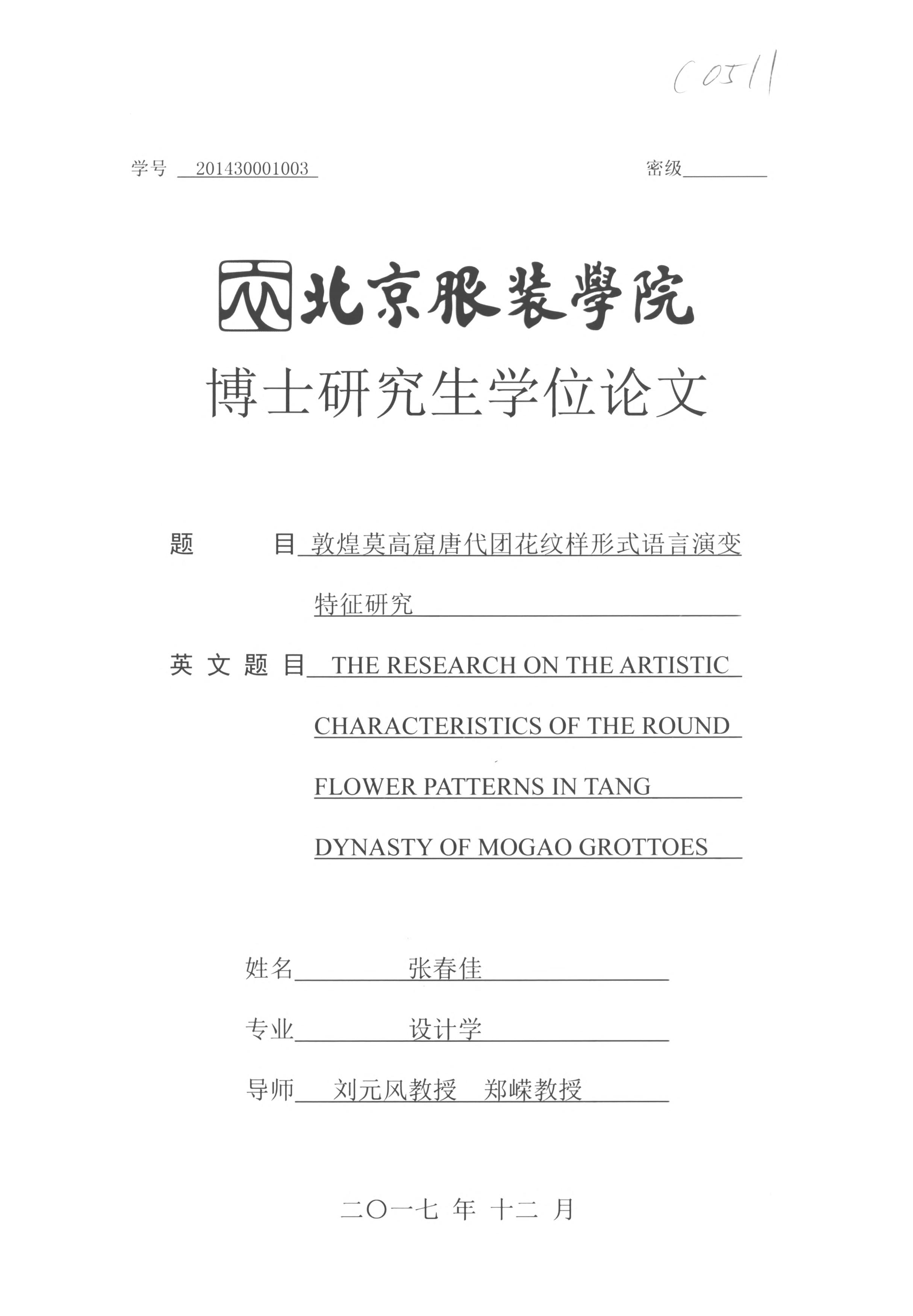| 英文摘要 |
Dunhuang, located in the northwest of China, was one of the most important cities along the ancient Silk Road, and was also the culture exchange hub between western regions and central China. Lezun Monk excavated the first Buddhist cave in Dunhuang in 366 AD. After one thousand year’s development, Mogao Grottoes retained typical Buddhist culture and artistic achievements with historical values. This text focuses on the round flower patterns of Tang Dynasty in Mogao Grottoes, selecting more than 1600 samples of round flower patterns from 88 caves of Tang Dynasty. By analyzing the evolvement of form languages and aesthetic characteristics based on those cases, the author tries to sum up the evolution characteristics of the round flower patterns in four periods of Tang Dynasty (the early Tang, the prosperous Tang, the mid Tang and the late Tang, or the two stages, the early and late Tang Dynasty). Firstly, we sort out the cases into two categories: one is the round flower patterns in murals of Mogao Grottoes, especially those architected decoration; the other is the round flower patterns appeared on the apparels of the sculptures and murals. The round flower patterns of these two categories are classified to do the analysis of the evolution of characters in the four periods of Tang Dynasty, including the evolvement of structural features of patterns, the evolution of typical elements of patterns and the changes of pattern elements species. And there is also the comparison of the two development curves in the historical longitudinal direction. Secondly, based on the above classification, the form languages evolvement of round flower patterns was explained from the view of aesthetic characteristics. Such as the changes from the tactile and figurative features to the visual and abstract features; the ideological changes of the ideographic features of the patterns, including the gradual dissolution of their religion, etc. The theoretical depth is also that this research always focuses on. Thirdly, the commonality between the round flower patterns in Mogao Grottoes and the modern & contemporary design was tried to be figure out in this research, such as constitution, publicity, manufacturability and historicity of them. There could be the analogy between the express of “nianhuaweixiao” and modern design base on the information interaction, especially for ideographic communication. Even though the round flower patterns are only one part of Buddhist art in Mogao Grottoes, they occupy a large proportion in the visual art world of the whole cave. The round flower patterns painted in the murals are always important organic parts of those wall paintings. Political and culture elements will influence them. However, the form languages of the flower patterns will evolve from one dynasty to the next one. Key words: Tang dynasty; Mogao Grottoes; round flower; pattern; form language; evolution
|

